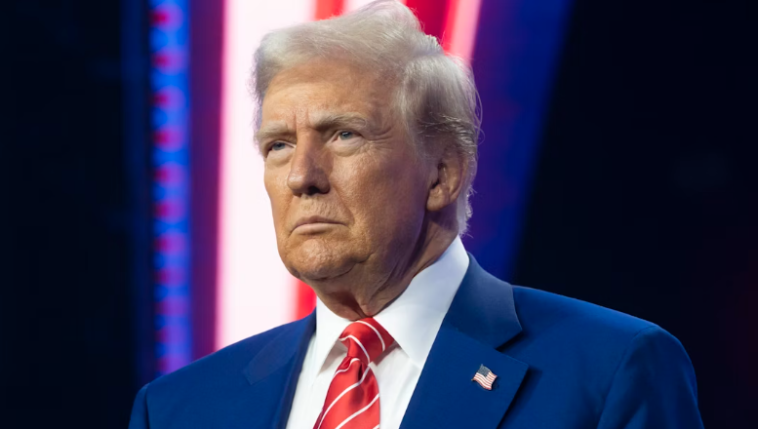President-elect Donald Trump is preparing to sign an executive order on January 20, 2025, shortly after taking office, which will officially define sex as strictly male or female based on biological sex at birth. The move represents a significant shift in federal policy and aims to reverse protections and policies established under previous administrations supporting gender identity rights.
BREAKING: Trump announces that as of today, the U.S. government recognizes only 2 genders – male and female pic.twitter.com/x9Avfs8BnR
— Eric Daugherty (@EricLDaugh) January 20, 2025
Details of the Proposed Executive Order
- Biological Definition: The order will mandate federal agencies to recognize only two sexes—male and female—based on biological definitions at birth.
- Documentary Changes: It will eliminate the “X” gender option on federal documents, including passports, reverting to male and female-only designations.
- Facility Segregation: Federal prisons, shelters, and other facilities will be directed to segregate individuals strictly by biological sex.
- Funding Restrictions: The use of federal funds for gender transition procedures will be prohibited.
- Workplace and School Protections: Individuals and entities will be protected from penalties for declining to use preferred pronouns, citing First Amendment rights.
Political Context
The order is part of Trump’s broader agenda to dismantle diversity, equity, and inclusion (DEI) programs and reverse policies related to gender identity that he and his supporters view as overreach by previous administrations. It follows campaign promises to restore what Trump calls “biological truth” in federal policies and to protect women’s spaces and rights.
Public Reaction
- Supporters: Advocates of the policy argue that it provides clarity and fairness while ensuring the protection of women’s spaces and rights. They see it as a step toward restoring traditional definitions and rejecting what they consider to be radical gender ideology.
- Critics: Opponents, including civil rights organizations, have strongly condemned the move, arguing it erases protections for transgender individuals and could lead to widespread discrimination.
Potential Legal Challenges
The executive order is expected to face significant legal opposition. Critics contend it may conflict with existing civil rights laws, including Title IX and court rulings like the Supreme Court’s 2020 Bostock v. Clayton County decision, which recognized gender identity under sex discrimination protections.
Trump’s Focus on Day One
The planned signing underscores the president-elect’s intent to make immediate and sweeping changes to federal policies. Alongside this order, Trump has announced other first-day actions targeting DEI programs and immigration reforms, signaling a sharp policy pivot under his administration.
The executive order, if implemented, will likely set the stage for intense political and legal battles, shaping debates on gender identity, federal authority, and individual rights for years to come.


